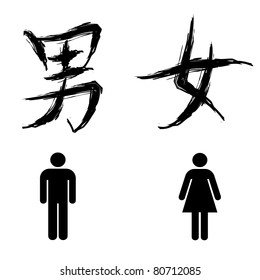
If you’re interested in making your own origami cranes, browse our range of origami paper! Want to know more about other Japanese birds and their symbolism? See our previous post for more details.Īmong popular Japanese spiritual symbols are frogs. Large colourful necklaces of cranes are also commonly seen outside of Japanese temples. The crane is often produced in Japanese origami and artwork. Because of this, the image of a crane is sometimes woven into beautiful wedding kimonos! The crane is also closely associated with Japanese New Year and wedding ceremonies due to cranes being monogamous. As a one of the Japanese folklore animals, the symbolism behind these animals comes from the folklores themselves, as it was believed that the crane lives for 1,000 years. The crane represents good fortune and longevity. This is to inspire children to work hard in order to succeed. A design of carp swimming against rapids symbolises the Children’s Day Festival on May 5th. Koi Carp also symbolise faithfulness and marriage in Japan. ‘Koi’ means ‘Carp’ in Japanese, and this fish is a symbol of perseverance due to the fish’s tendency to swim upstream and resist the flow of water.

Additionally, if a symbol contains two butterflies dancing around each other, it’s a symbol of marital happiness. The butterfly is also often used as a symbol for young girls as they spread their wings and emerge into womanhood, as well as it being believed to symbolise joy and longevity. Japan perceives the butterfly to be a ‘soul of the living and the dead’, as a result of the popular belief that spirits of the dead take the form of a butterfly when on their journey to the other world and eternal life. This post uncovers the Japanese spiritual symbols of a range of Japanese animals, including some Japanese folklore animals, that you may or may not be familiar with. Japanese symbolic animals are a huge and important part of Japanese culture, with inclusion in traditional sculptures, prints, and more.


 0 kommentar(er)
0 kommentar(er)
